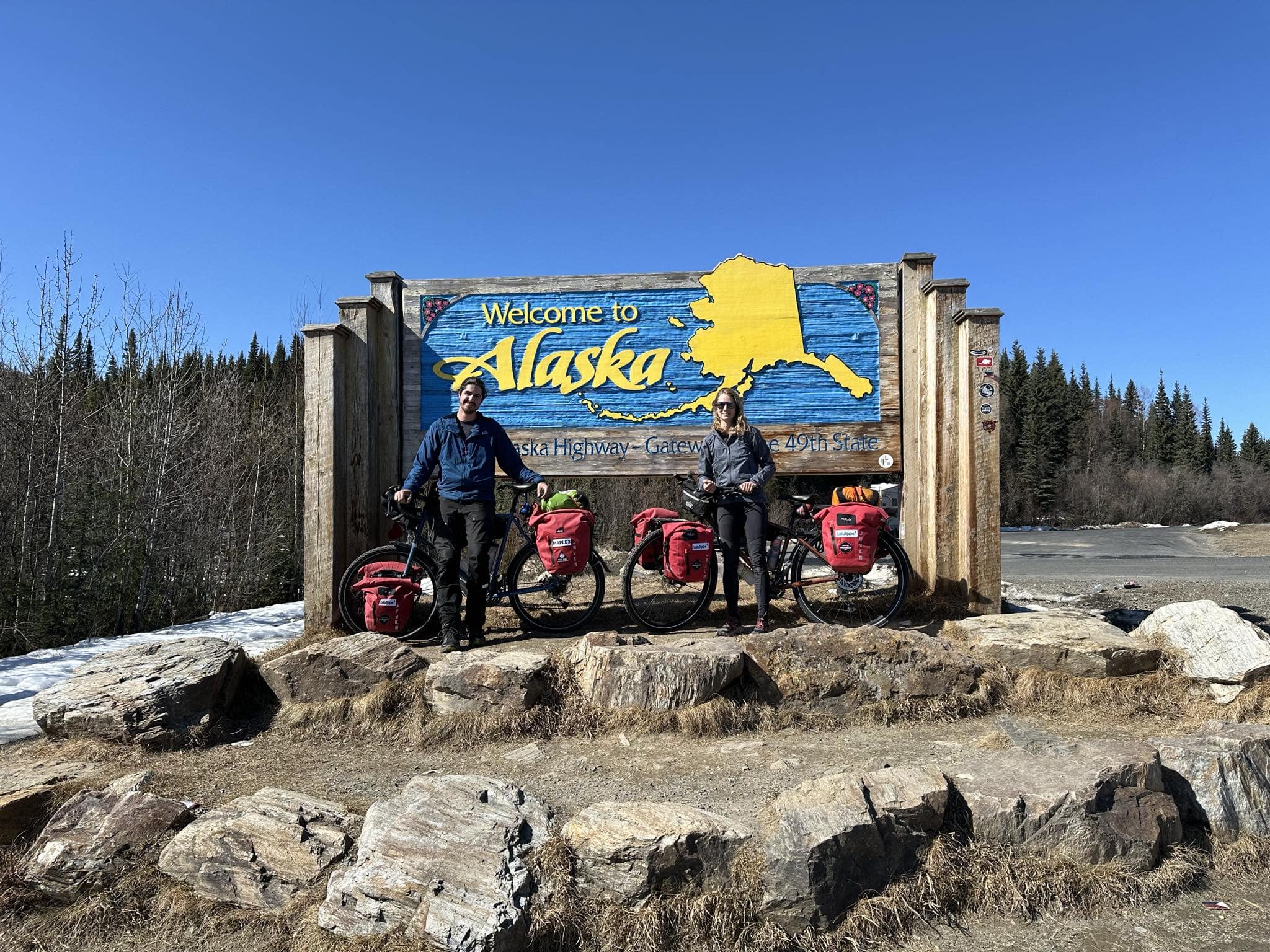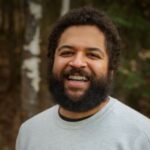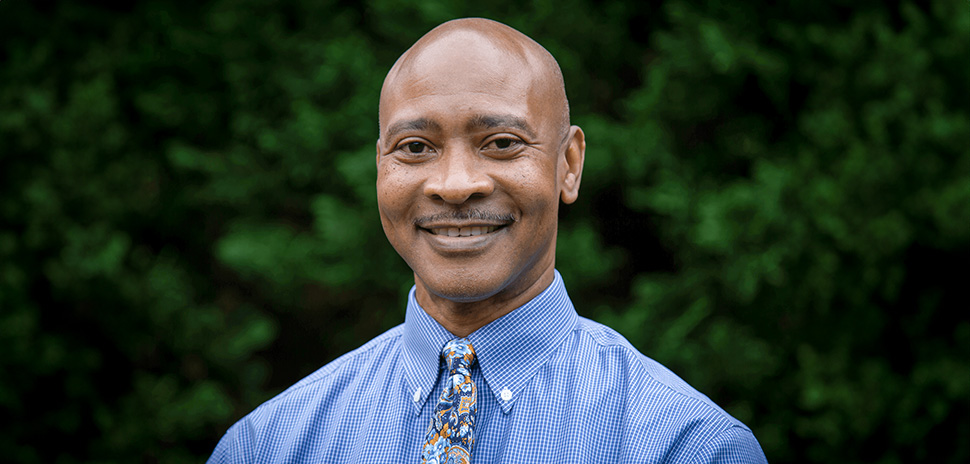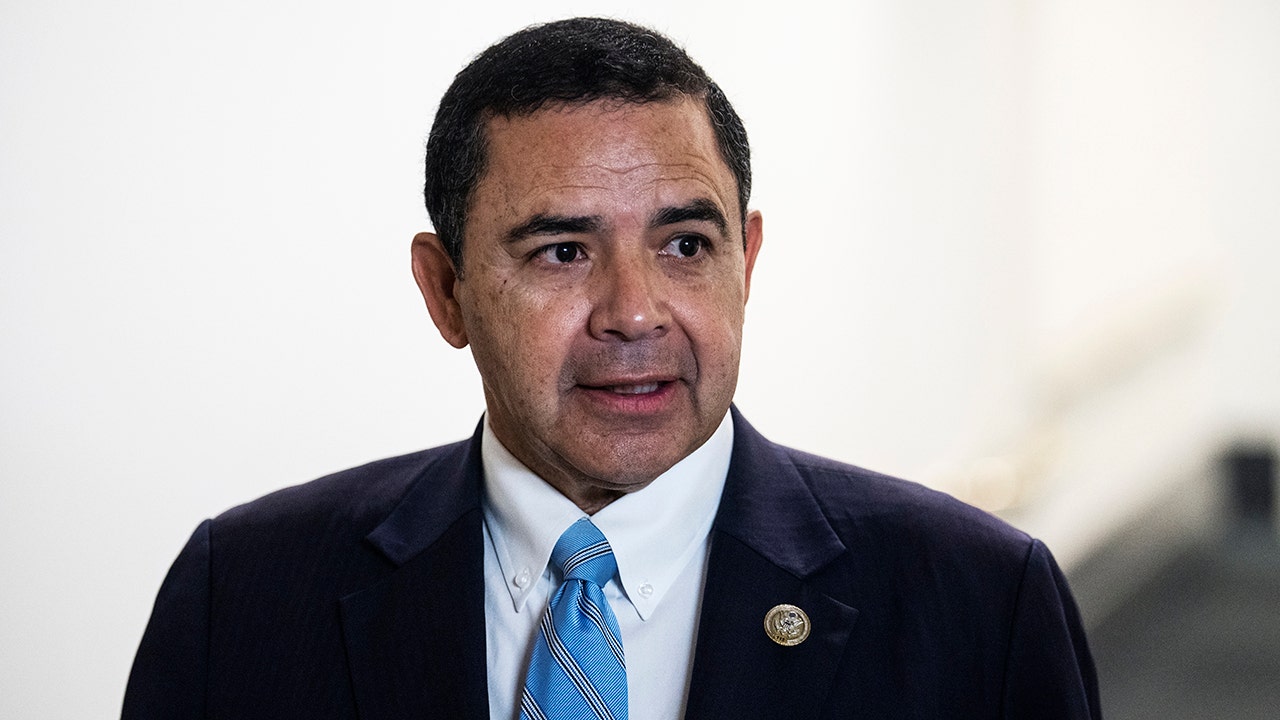The Alaska Supreme Court on Friday granted the city of Valdez a partial win in its effort to force the release of financial data that oil company Hilcorp was allowed to keep secret when it acquired BP’s Alaska assets for $5.6 billion in 2020.
The 30-page unanimous decision will allow the Southcentral Alaska city to take up arguments in state Superior Court in its quest to have that financial data released.
The city seeks the disclosure in an effort to ensure that the Houston, Texas-based oil company, operator of Alaska’s largest oil field, has the financial wherewithal to, for example, clean up a major oil spill should one occur.
Valdez is located at the end of the trans-Alaska pipeline, where massive amounts oil are placed into giant tanks and oceangoing ships take on crude oil for shipment to refineries. The city is located near the site of the 1989 Exxon Valdez oil spill.
Hilcorp’s financial information is “highly relevant to Valdez’s ability to assess and comment on Harvest Alaska’s fitness to operate” the trans-Alaska pipeline system, the court said.
Valdez lost on a second matter, an effort to force a public hearing on conditions associated with the transfer to Hilcorp of BP’s ownership in the 800-mile trans-Alaska pipeline that delivers the oil to market. The public hearing could address conditions that could be applied to the transfer, including to strengthen public protections for the eventual dismantling, removal and cleanup of the pipeline, said Robin Brena, the city’s lead attorney, in an interview Friday.
Valdez plans to quickly ask the Supreme Court for a rehearing on that issue, Brena said.
“It’s a good result,” Brena said of the case.
But it could have been better, he said.
“This is Alaskans’ oil, and we need to be sure that its development, production and transportation are safely and prudently conducted,” he said.
Valdez has never sought to undo the deal that allowed Hilcorp to take over BP’s assets in Alaska, he said.
The bonanza oil field agreement involved the largest transfer of Alaska oil field assets in decades. It made Hilcorp the operator of the state’s Prudhoe Bay oil field and gave it the largest stake in the 800-mile trans-Alaska pipeline.
The hearing in the case before the Supreme Court took place last summer. It attracted a large audience of spectators. Dozens of people also protested outside Anchorage’s Boney Courthouse. They called for the disclosure of Hilcorp’s financial records and faulted the company for a long list of safety violations cited by state oil field regulators.
:quality(70)/cloudfront-us-east-1.images.arcpublishing.com/adn/SG4HGT44UBD2BFASPY7VZEPEJ4.jpg)
Past transfers of oil field assets in Alaska have involved publicly traded companies that are required to disclose their financial information. But Hilcorp, based in Houston, is privately owned.
The case pit the city of Valdez against the Regulatory Commission of Alaska, which had permitted Hilcorp to keep its financial statements out of the public eye. Hilcorp and BP were defendants in the case alongside the state regulatory agency.
The Alaska Department of Law and the state regulatory commission are reviewing the decision, spokespeople said Friday.
Representatives with Hilcorp could not immediately be reached for comment early Friday.
During last summer’s hearing, lawyers for the state regulatory commission and the oil companies argued that Valdez had not adequately followed procedures at the state agency before the agency agreed to transfer regulatory approvals in the deal.
The defense also argued that the city had not been harmed, and therefore did not have standing in the case. They argued that Valdez’s appeals were moot.
They said the Superior Court properly dismissed the city’s case on those and other grounds in 2021. That decision led to the appeal by the city.
The state Supreme Court decision, written by Justice Jude Pate, said that Valdez in fact does have standing. The court said the city’s appeals to the Supreme Court were not moot.
It is “difficult to imagine any individual or entity that has a greater direct interest” than Valdez in the transfer, and in the capacity of Hilcorp subsidiary Harvest Alaska to safely operate the pipeline, the decision said.
But in the city’s effort to challenge the procedures related to the transfer of trans-Alaska pipeline assets, “Valdez was required to exhaust administrative remedies,” the decision said.
It “failed to do so without a valid excuse,” the decision said. As a result, the Superior Court’s dismissal of that part of the case stands.




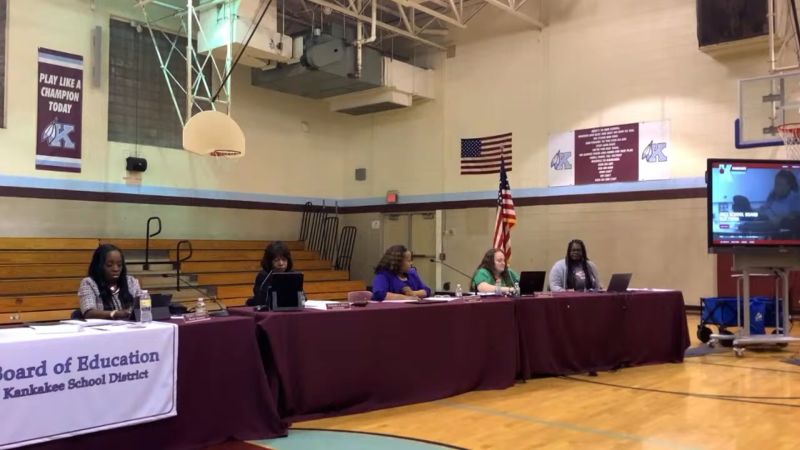


:quality(70)/cloudfront-us-east-1.images.arcpublishing.com/adn/2GWZCU6K5FEBLL5CQ6BIYCSQBM.jpg)
